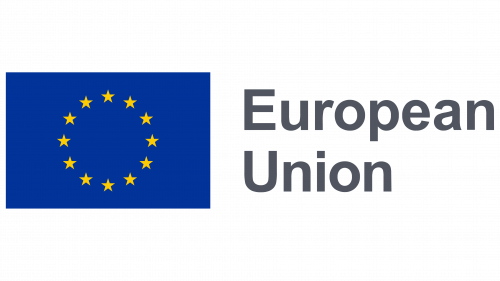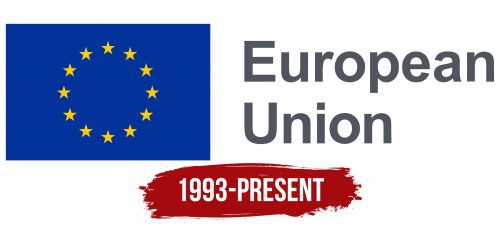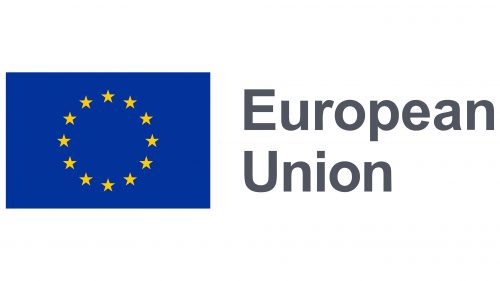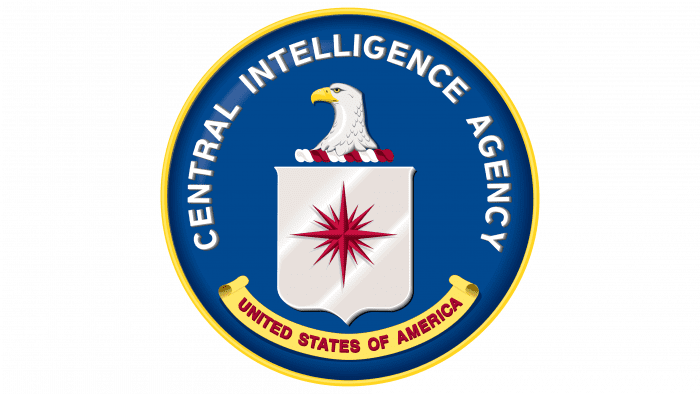The European Union logo embodies the values of freedom, equality, and democracy. The emblem reflects the pursuit of a high-tech, developed society that considers all participants’ interests.
European Union: Brand overview
The story of European integration began in the shadow of World War II, with the vision of a peaceful and cooperative Europe. In 1950, French Foreign Minister Robert Schuman proposed a revolutionary idea: unify France and Germany’s coal and steel industries under one authority. This plan sought to promote economic collaboration and prevent future conflicts.
By 1951, six nations—France, West Germany, Italy, Belgium, the Netherlands, and Luxembourg—signed the Treaty of Paris, establishing the European Coal and Steel Community (ECSC). This marked the first step toward a unified Europe. Building on this foundation, the same six countries signed the Treaties of Rome in 1957, creating the European Economic Community (EEC) and the European Atomic Energy Community (Euratom). The EEC aimed to build a common market and customs union.
The 1960s and 1970s saw remarkable progress for the Community. Customs duties between member states disappeared, a common agricultural policy took shape, and joint policies in various sectors developed. In 1973, the Community expanded for the first time, welcoming the United Kingdom, Ireland, and Denmark. Greece joined in 1981, followed by Spain and Portugal in 1986.
A major milestone occurred in 1985 with the signing of the Schengen Agreement, leading to the gradual elimination of border controls among participating countries. The Single European Act of 1986 aimed to create a single market by 1992, significantly enhancing the powers of the European Parliament.
The Maastricht Treaty of 1992 marked a turning point. It established a new entity, introduced European citizenship, and laid the groundwork for a single currency. Austria, Finland, and Sweden joined the organization in 1995.
The euro debuted as a non-cash currency on January 1, 1999, and entered cash circulation on January 1, 2002, in 12 member countries. The organization experienced its largest expansion in 2004, with ten new members from Central and Eastern Europe. Bulgaria and Romania joined in 2007, followed by Croatia in 2013.
Effective in 2009, the Lisbon Treaty reformed the institutions and expanded their competencies. It strengthened the role of the European Parliament and national parliaments, created the position of President of the European Council, and appointed a High Representative for Foreign Affairs and Security Policy.
Throughout its history, the organization has navigated significant challenges. The eurozone debt crisis, starting in 2009, threatened the stability of the single currency, leading to strict austerity measures in several countries. The 2015 migration crisis, driven by a large influx of refugees, tested the unity of the entity and sparked disagreements over migrant distribution.
In 2016, the United Kingdom voted to leave the organization in a referendum, concluding the Brexit process on January 31, 2020, and becoming the first country to exit.
Meaning and History
What is European Union?
It is a political and economic union of European countries. The organization was created to promote economic cooperation and prevent conflicts. Within the union, a single market allows for the free movement of goods, services, people, and capital. A common currency, the euro, is used by many member countries. The union has its governing and legislative bodies, including the European Parliament, the European Council, and the European Commission. The organization’s main goals are strengthening economic and social development, protecting human rights, and ensuring sustainable development.
1993 – today
The European Union’s logo reflects the organization’s evolution from its founding to today. Initially, the stars on the flag corresponded to the number of members of the Council of Europe, but over time, the concept changed. Today, the 12 stars symbolize completeness and harmony, regardless of the number of members. The logo emphasizes the importance of unity, equality, and cooperation among all member countries in creating a common future for Europe.
The European Union logo consists of the flag and the organization’s name, written in a soft, dark gray font.
The blue background symbolizes the sky, with the nations of Europe shining as stars. Initially, the stars corresponded to the number of members in the Council of Europe. This idea was later abandoned, as adding or removing members would require changing the logo. In the modern version, the emblem features 12 stars, representing completeness.
The circle of stars denotes unity and cooperation. Each nation holds an important place in the coalition. EU members have equal rights and collectively shape Europe’s future. The stars symbolize the ideals of unity, solidarity, and harmony among the peoples of Europe.
The elegant writing emphasizes the organization’s stability and harmonious functioning. The font is in soft tones, conveying a sense of respect for human rights and laws and a balance in policies.
The blue background symbolizes peace and stability. The golden stars highlight the importance of each nation, and the dark gray font gives the emblem a modern and balanced look.





